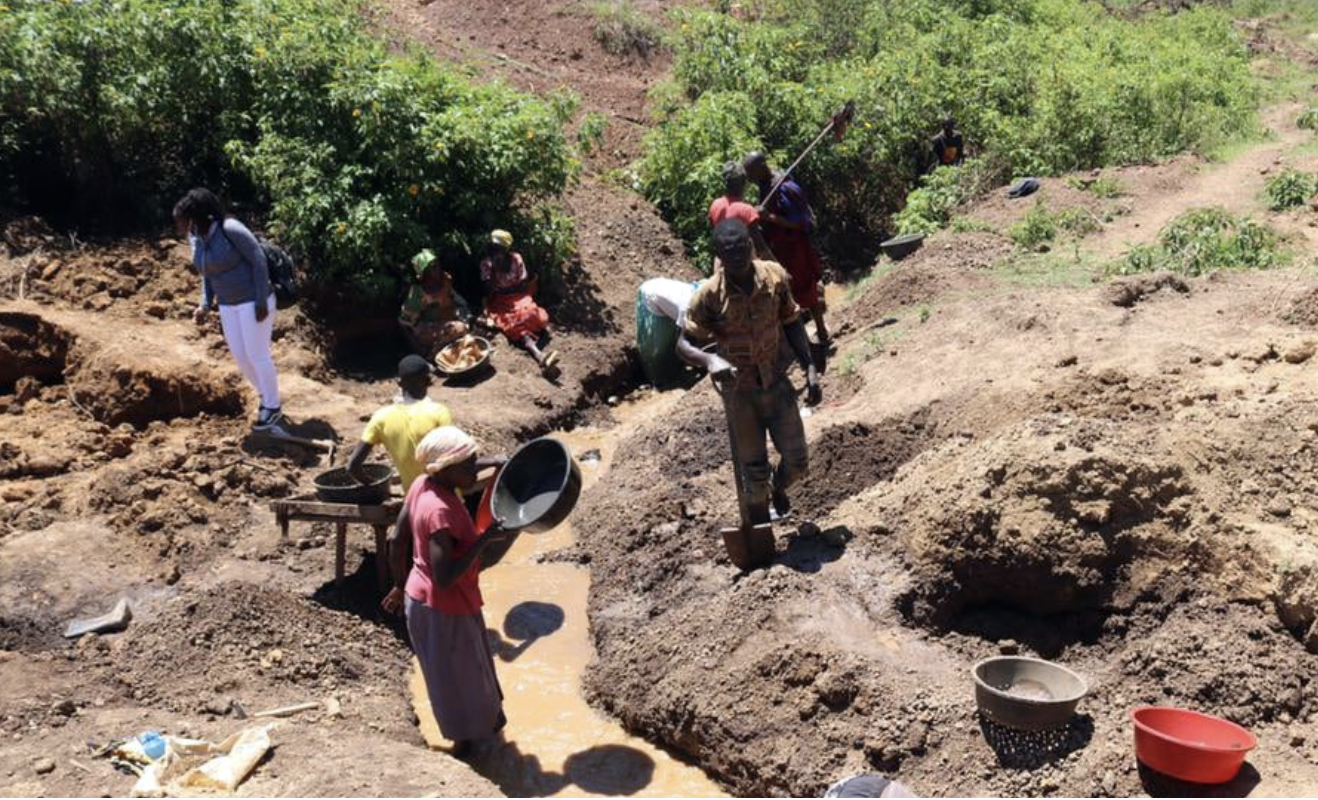Why mercury use in gold mining has persisted
Saturday April 13 2024

Artisanal miners search for gold in Tiira Village, Tiira Town Council, Busia District, Uganda in 2020. PHOTO/ FILE
President Museveni signed the Mining and Minerals Act 2022 into law in October 2022, marking a significant step towards regulating the mining sector and safeguarding environmental and public health. Among its provisions was a ban on the use of mercury in mining activities, a move aimed at curbing its detrimental effects.
However, the reality on the ground paints a different picture. Artisanal miners across the country persist in using mercury, disregarding its known health and environmental hazards. Benjamin Jumbe investigates why this practice persists and explores alternative solutions.
Uganda is a signatory to the Minamata Convention on Mercury, a global agreement established in 2013 and enforced in 2017. The treaty aims to control mercury supply and trade, reduce its use, and minimize emissions and releases into the environment, recognizing mercury as one of the top 10 chemicals of major public health concern, according to the World Health Organization.
A 2018 mercury inventory by the National Environment Management Authority (NEMA) revealed alarming figures, with over 30,000 kilograms of mercury released annually into the environment, primarily affecting air quality.
Fazil Lubega, chairperson of LC1 Mugobwa A village in Kitumbi, Kassanda, voices concerns about the widespread use of mercury in mining activities. "Most of the mining activities are involved with the use of mercury which circulates into the rivers around. Miners dump waste in these water sources," Lubega explains.
Despite the ban and associated health risks, many miners continue using mercury without protective gear, as confirmed by Habib Mwebaze, Health and Safety Officer at Kayonza Mining Site.
"We do not have any other alternative. The only solution we have here is mercury," Mwebaze laments.
NEMA acknowledges the availability of alternatives, such as Borax, for gold ore purification. Anne Nakafeere, Principal Environment Officer (Biodiversity) at NEMA, emphasizes ongoing efforts to promote safer methods within the mining sector.
"We have methods that can help separate or purify the gold ore. Some of those include the use of borax after the gravitational method," Nakafeere states.
As part of the Planet Gold Project, NEMA plans to establish demonstration centers for these alternatives. Nakafeere's hope is that through collaborative efforts and stakeholder engagement, NEMA's action plan to reduce mercury use by 70% by 2025 and eliminate it entirely by 2030 can be realized.


